Prediabetes might sound scary, but it’s basically your body giving you a heads up before full-blown diabetes kicks in. The good news?
You can absolutely turn things around with the right approach to eating. And meal tracking is your secret weapon in this fight.
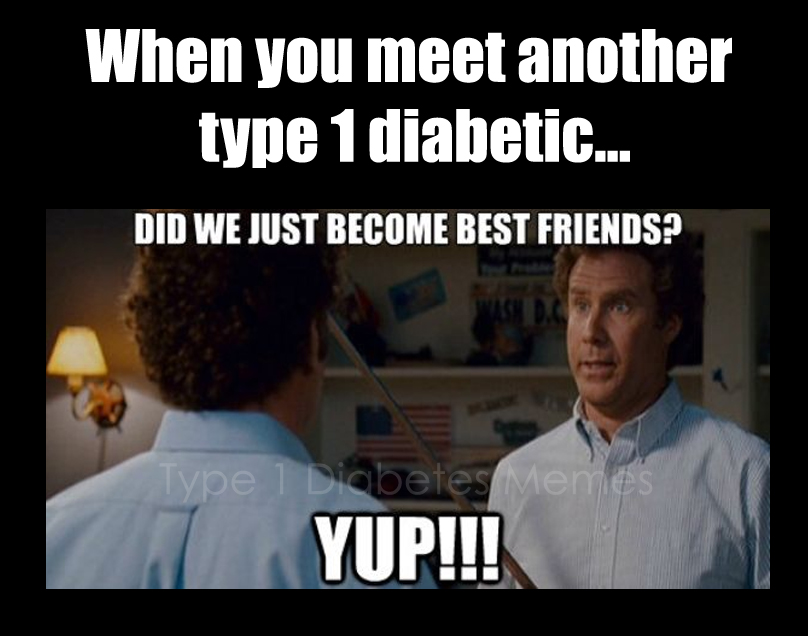
Let me break down how tracking what you eat can help manage those blood sugar levels, what foods actually help (not just what the internet claims), and how meal tracking apps like MealByMeal can make your life way easier.
Prediabetes 101: What You Need to Know
Prediabetes is that middle ground where your blood sugar is higher than normal, but not quite diabetic territory yet.
Think of it as your body’s check engine light – it’s warning you something’s off, but there’s still time to fix it.
And guess what? Nearly 1 in 3 Americans has prediabetes, with most not even knowing it. That’s wild.
The main culprit behind prediabetes is how your body handles glucose and insulin.
When you eat carbs (especially the refined, processed ones), they convert to sugar in your bloodstream pretty quickly. Your pancreas pumps out insulin to help move that sugar into your cells for energy.
But over time, if you keep hitting your system with sugar bombs, your cells can become resistant to insulin’s message.
Like that friend who keeps asking to borrow money – eventually, you stop answering their texts.
Diet Recommendations That Actually Work

The foods you eat directly impact your blood sugar levels. So what should you actually be eating?
The Mediterranean Diet: Gold Standard
This isn’t just another fad diet – it’s backed by serious research showing it helps with prediabetes management. The Mediterranean approach emphasizes:
- Whole grains instead of refined ones
- Lean proteins like chicken, fish, and plant proteins
- Healthy fats from olive oil, avocados, and nuts
- Tons of vegetables (especially the non-starchy kind)
Studies show this eating pattern improves insulin sensitivity and helps maintain healthier blood sugar levels.
The Plate Method: Simplicity Works
The American Diabetes Association suggests this super simple approach to meal planning:
- Fill half your plate with non-starchy veggies (broccoli, spinach, peppers)
- One quarter with whole grains or healthy carbs (brown rice, sweet potato)
- One quarter with lean protein (chicken, fish, tofu, beans)
This visual approach is so much easier than counting every gram of carbs when you’re just starting out.
Fiber: Your Secret Blood Sugar Weapon
Most Americans get only about half the fiber they need daily. But for prediabetes, fiber is your BFF.
Aim for 25-30 grams daily from fruits, veggies, beans, and whole grains. Why? Fiber slows down sugar absorption, helping prevent those nasty blood sugar spikes.
One research review found that people who ate the most fiber had a 20-30% lower risk of developing type 2 diabetes compared to those eating the least.
What to Limit (But Not Obsess Over)
- Added sugars (soda, candy, desserts)
- Refined carbs (white bread, white rice)
- Ultra-processed foods (most packaged snacks and convenience foods)
But here’s the thing – you don’t need to be perfect. It’s about progress, not perfection.
Why Tracking Your Meals Actually Helps
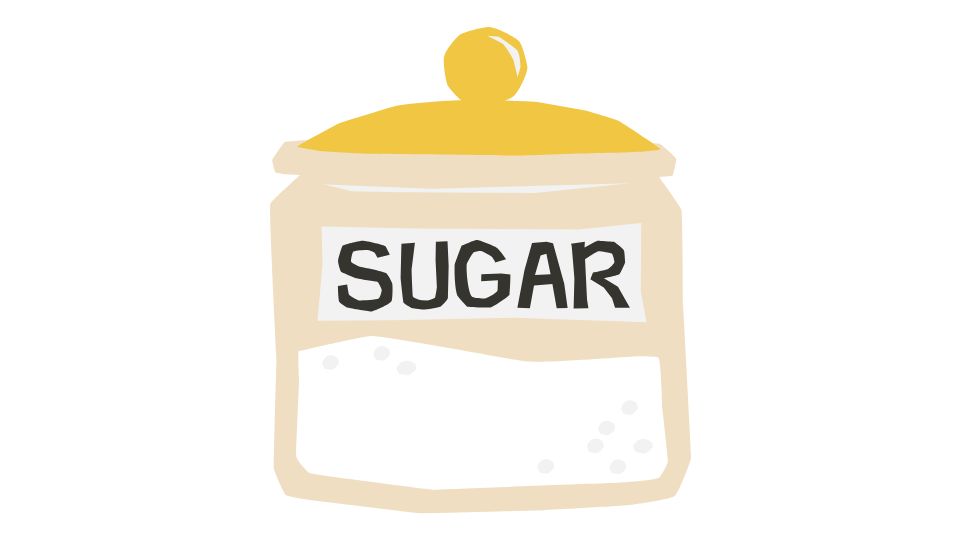
I get it. Food logging sounds like a pain. But it’s one of the most powerful tools for managing prediabetes. Here’s why:
Blood Sugar Detective Work
When you track your meals and monitor your blood sugar (if you have a meter), you start seeing patterns. “Oh wow, when I eat cereal for breakfast my blood sugar goes crazy, but when I have eggs and whole grain toast, I’m good to go.”
This isn’t about punishing yourself – it’s about gathering data so you can make better decisions.
Portion Reality Check
Most of us are terrible at estimating portion sizes. Like, hilariously bad.
Tracking helps you realize that your “small bowl” of pasta might actually be three servings. This awareness is especially important with carbs, which have the biggest impact on blood sugar.
Behavior Change Support
Research shows that people who track their food are more successful at maintaining healthy eating habits long-term. It’s the awareness factor – when you know you’re going to log it, you might think twice about that second donut.
Better Conversations With Your Doctor
Instead of vaguely telling your doctor “I’m eating better,” you can show them exactly what your diet looks like. This helps them give you personalized advice rather than generic recommendations.
Choosing a Meal Tracking App That Doesn’t Suck
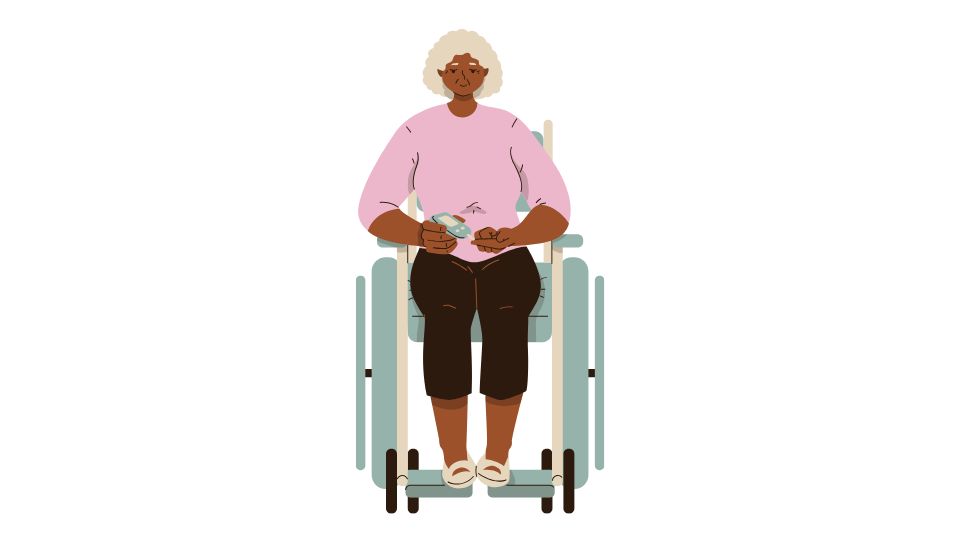
Not all tracking apps are created equal, especially for prediabetes management. Here’s what to look for:
Key Features Worth Having
- Easy meal logging (because if it’s complicated, you won’t stick with it)
- Accurate carb counting (the most important nutrient to track for blood sugar)
- Integration with glucose monitors (if you use one)
- Nutrient tracking beyond just calories (fiber, protein, etc.)
- Reports you can share with your healthcare team
Top Apps in 2024
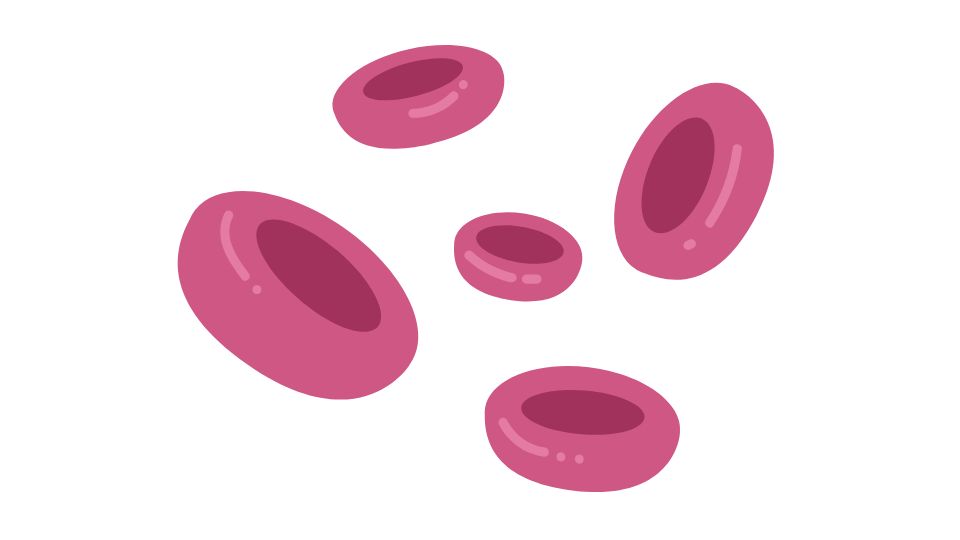
MealByMeal: This is genius in its simplicity – you literally just text your meals and it tracks everything for you. No app-switching, no complicated food databases. Just text what you ate and it handles the rest. Perfect if you want tracking without the hassle.
MyDiabetes: Great for comprehensive tracking with blood sugar logs, A1c tracking, and meal planning specifically designed for diabetes/prediabetes.
Glucose Buddy: Combines food logging with glucose tracking and has an AI feature that helps with carb counting.
SNAQ: Uses photo recognition to identify foods and can integrate with continuous glucose monitor data to show you how foods impact your blood sugar.
UndermyFork: Free app that combines photo meal logging with continuous glucose data.
MealByMeal stands out because it eliminates the biggest barrier to consistent tracking – complexity. You don’t need to open an app, search through food databases, or navigate complicated menus.
Just text your meals like you’d text a friend. You can learn more about how it works on mealbymeal.com.
Practical Tips To Make Meal Tracking Work For You
Let’s get into the nitty-gritty of how to make meal tracking actually work in real life:
Start Simple
Don’t try to track every micronutrient from day one. Begin by just recording what you eat, then gradually add more detail as you get comfortable.
Focus on Fiber and Protein
These nutrients are your allies in blood sugar management. Research shows that high-fiber, adequate-protein meals help prevent blood sugar spikes and keep you fuller longer.
Monitor Carb Quality, Not Just Quantity
A serving of brown rice and a serving of white rice might have similar carb counts, but they affect your blood sugar very differently. The glycemic index (how quickly foods raise blood sugar) matters just as much as the carb count.
Use Visual Tools
Combine meal tracking with the plate method mentioned earlier. This helps you build balanced meals without getting obsessed with numbers.
Plan Ahead
Use your tracking app to plan tomorrow’s meals today. This prevents that “I’m starving and have no plan” scenario that often leads to less-than-ideal food choices.
Don’t Forget Snacks
Healthy snacks combining protein, fat, and fiber can actually help stabilize blood sugar between meals. Some great options:
- Apple with almond butter
- Greek yogurt with berries
- Handful of nuts and a small piece of fruit
Be Consistent But Flexible
Try to track most days, but don’t beat yourself up if you miss occasionally. Consistency beats perfection when it comes to long-term habit change.
Remember, meal tracking isn’t about restriction or judgment – it’s about awareness and making informed choices. With prediabetes, knowledge truly is power, and tracking gives you that knowledge.
For an easy way to get started with meal tracking that won’t drive you crazy, check out MealByMeal’s text-based tracking system. Because managing prediabetes shouldn’t require a PhD in nutrition apps.



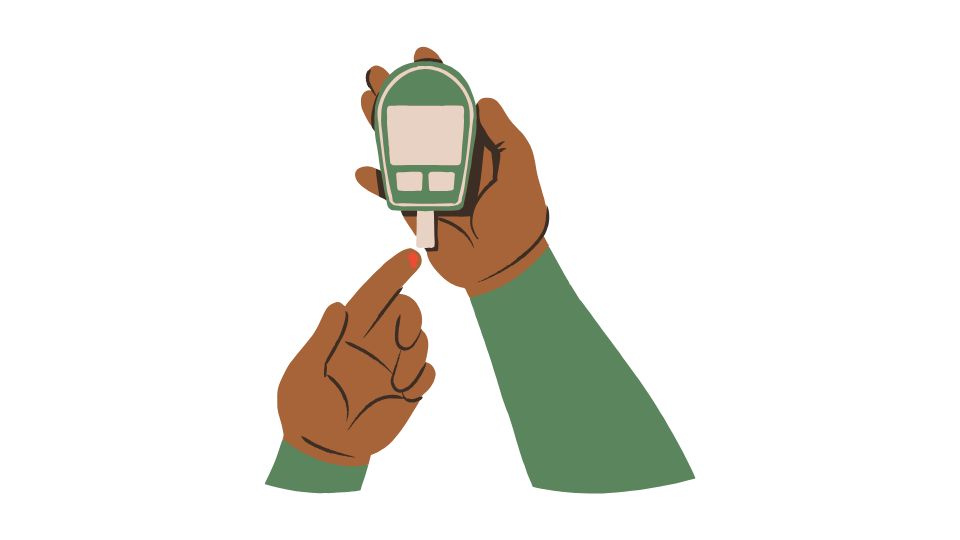
Leave a Reply